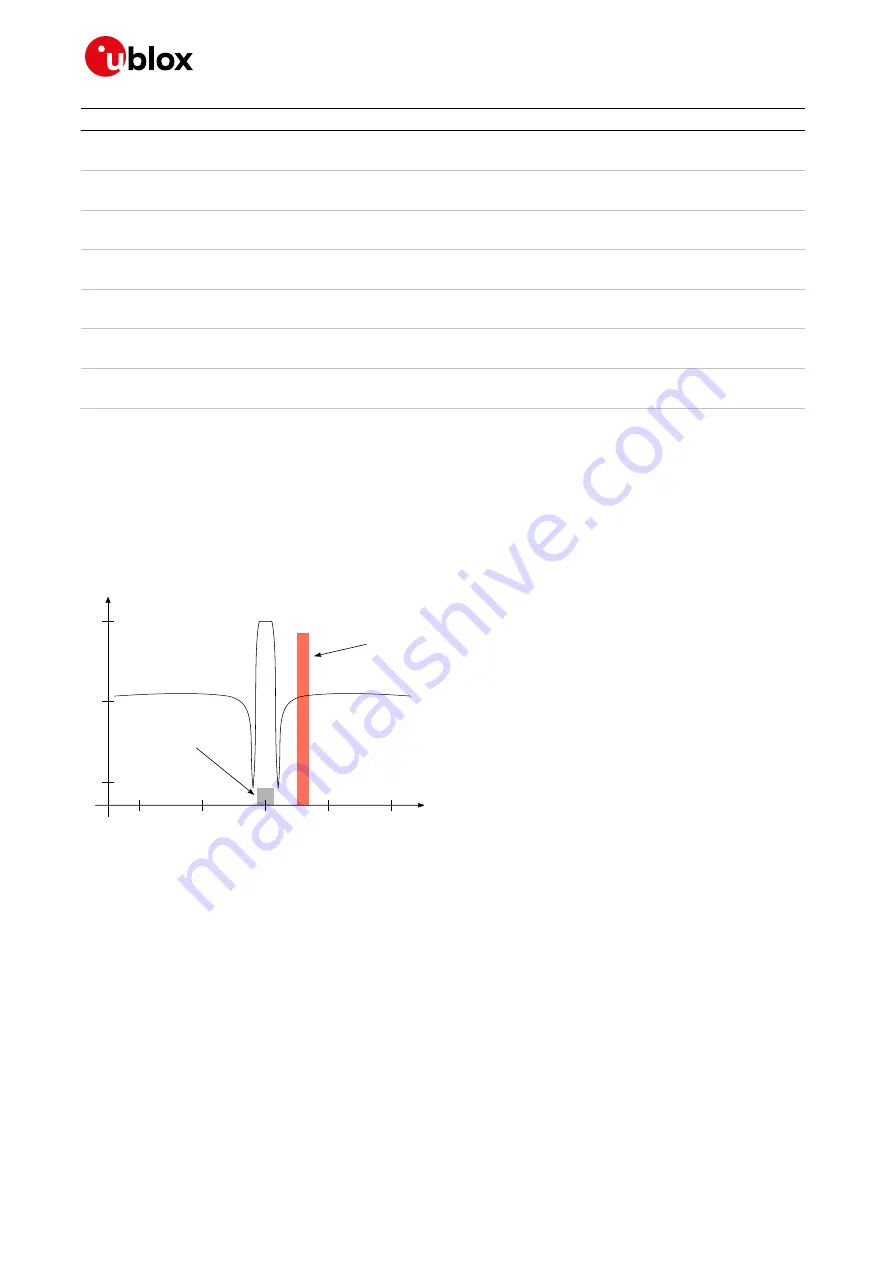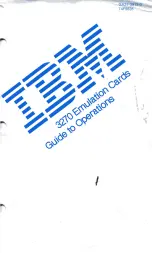
LENA-R8 series - System integration manual
UBX-22015376 - R02
Design-in
Page 62 of 116
C1-Public
Manufacturer
Part number
Product name Description
Taoglas
MA310.A.LB.001
Magnet mount antenna, 1.8
–
5.5 V
GPS / SBAS / QZSS / GLONASS
Taoglas
ASGGB254.A -
ASGGB184.A
Active GNSS surface-mount patch antenna, 1.8
–
5.5 V
GPS / SBAS / QZSS / GLONASS / BeiDou / Galileo
Taoglas
AGGBP.SL.25A
–
AGGBP.SL.18A
Active GNSS surface-mount patch antenna, 1.8
–
5.5 V
GPS / SBAS / QZSS / GLONASS / BeiDou / Galileo
Abracon LLC
APAMP-110
Module RF antenna 5dBic SMA adhesive, 2.5
–
3.5 V
GPS / SBAS / QZSS
TE Connectivity 2195768-1
Active antenna, 3.0 V typical
GPS / SBAS / QZSS
Amotech
AGA151502-S0
Active antenna, 3.0 V typical
GPS / SBAS / QZSS / GLONASS
Amotech
AGA393914-S0-A6
Active antenna, IP66, 5V typical
GPS / SBAS / QZSS / GLONASS / BeiDou
Table 29: Examples of GNSS active antennas
2.4.4
Cellular and GNSS RF coexistence
Overview
Desensitization or receiver blocking is a form of electromagnetic interference where a radio receiver
is unable to detect a weak signal that it might otherwise be able to receive when there is no
interference (see
). Good blocking performance is particularly important in the scenarios
where several radios of various forms are used in close proximity to each other.
0
-120
-60
1575
Frequency [MHz]
Power [dBm]
Filter gain [dB]
1800
2025
1350
1125
GNSS signal
LTE signal
Filter response
Figure 40: Interference due to transmission in LTE B3, B4 and B66 low channels (1710 MHz) adjacent to GNSS frequency
range (1561 to 1605 MHz).
Jamming signals may come from in-band and out-of-band frequency sources. In-band jamming is
caused by signals with frequencies falling within the GNSS frequency range, while the out-of-band
jamming is caused by very strong signals adjacent to the GNSS frequency range so that part of the
strong signal power may leak at the input of the GNSS receiver and/or block GNSS reception.
If not properly taken into consideration, in-band and out-band jamming signals may cause a reduction
in the carrier-to-noise power density ratio (C/No) of the GNSS satellites.
In-band interference
In-band interference signals are typically caused by harmonics from displays, switching converters,
micro-controllers and bus systems. Countermeasures against in-band interference include:
•
maintaining a good grounding concept in the design
•
ensuring proper shielding of the different RF paths
•
ensuring proper impedance matching of RF traces















































